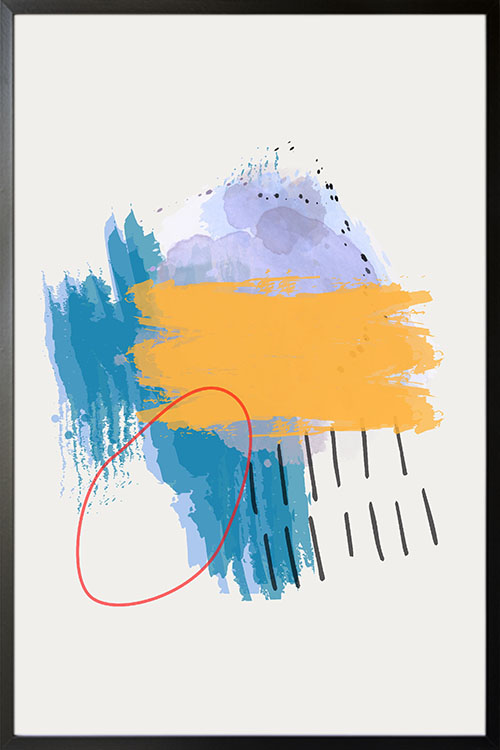
Abstract art that shows colors and shapes to add a fun and exciting vibe to the room. A perfect art to be displayed in any room of your home.

Abstract art that shows colors and shapes to add a fun and exciting vibe to the room. A perfect art to be displayed in any room of your home.
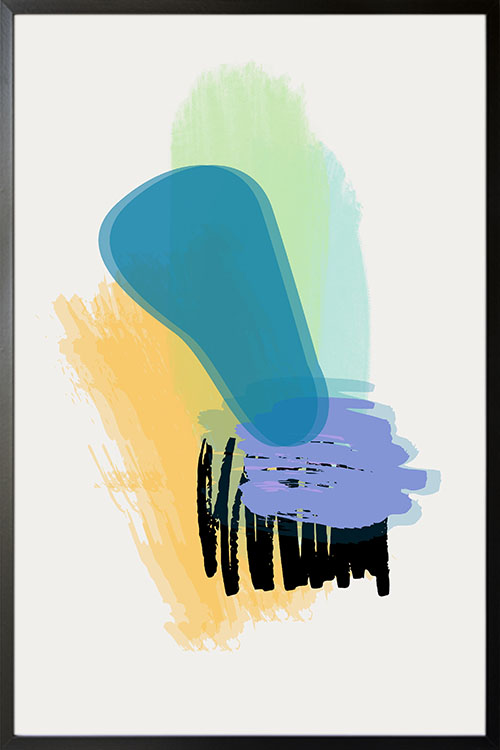
A tranquil and relaxing vibe with the help of abstract art. With a harmonious color combination, your wall will have a cozy feel.
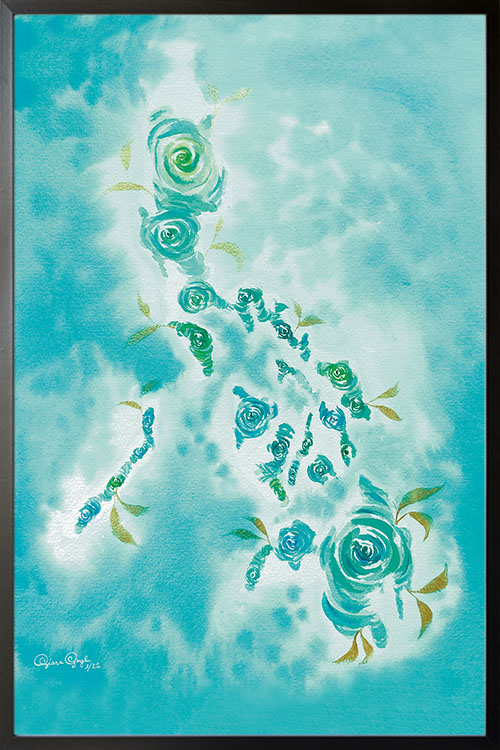
Are you still wondering why many people are so engrossed with watercolor paintings? Then you just have to look at some of them to see how awesome they are. This painting may be intimidating for some, especially for beginners, but there are many techniques that you can try to see and experience the beauty and versatility of watercolor painting. Read on to learn more about these techniques and you can try some of them and have them displayed in your rooms.
Laying watercolor wash can be done on a wet surface or a dry one. Although mistakes can be committed, the secret is not to try fixing them. Just let them be since adding another layer once the original stroke has dried is more obvious. Washes are the backbone of watercolor painting. The wash can be differentiated by the size and swipe of the brush. Washes are used to fill in large background areas, or to create underlying forms that will have more detail and deeper tones.
This is one of the basic techniques in watercolor painting. You may not realize it, but you have probably done this technique before. Start by brushing water onto the paper. Dip the brush in paint and spread it over the water wash. As such, the paint will weather and diffuse.
This technique is a monochrome wash that is used for the first layer of the painting. Add layers of transparent washes over the underpainting and these will provide a realistic and luminous effect.
In a simple watercolor wash, only a single color is used. However, depth can be added by using more hues in a gradient, You can start adding fresh watercolor to a wet paint surface. The second color can have a more intense version of the same hue of a different hue. With a wet surface, the colors will blend slightly and create a natural gradient in the tones.
Dimensions can be created by adding layers of the watercolor once the color of the paint has dried. Be sure that the paper is also dried, or else the colors will unwantedly blend together and get messy. Do not add much water to the second color since this can dampen the initial color, thus blending the colors.
This requires little paint and water to create a scratchy brushstroke. This can be used for an entire painting but is still perfect for creating texture. Mix your pigment, making sure that the paint mixture is not that wet. Dip the dry brush into the paint and remove excess moisture. Brush lightly across the surface and this can highlight the texture of the paper.
Blooms can be created when very wet paint spreads on a drier area of a painting. When you apply wet paint on a damp wash, the liquid forces the original pigment out and creates irregularly shaped splotches. Lay down a colorful wet wash and let it dry a little. Load the brush with water and touch it lightly to the paper. Blooms are created by drops of water.
Lines of any size and shape can be painted with the use of watercolor. Place lines beside each other or layer them perpendicular to each other for a hatching or cross-hatching effect. For clean lines, you can use a small, pointed brush and load it with pigment with the use of a dash of water. Paint a line on the paper and the shade can be determined by the amount of water used.
A textured sponge is also an unimportant tool to paint foliage on trees or sand on a beach. All you need to do is to dip it into the pigment and press it on the paper.
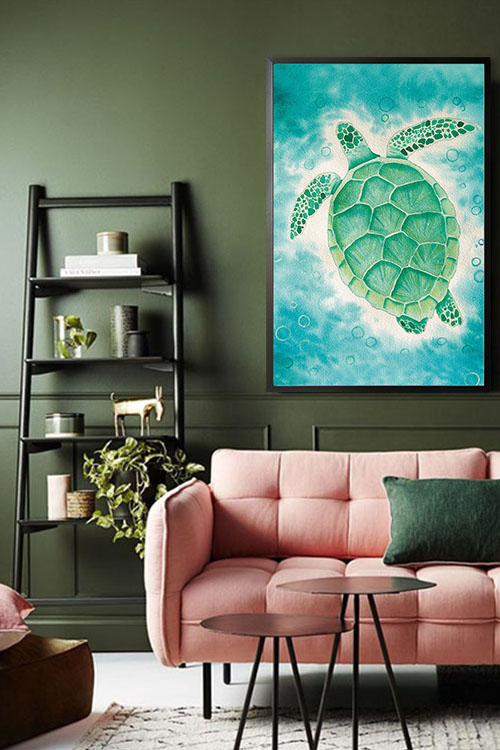
We have seen various arts over the years, but watercolor paintings evoke an incomparable beauty. You may have your own descriptive words when you see one. For us, the words can be legendary, beautiful, WOW! Watercolor has an inner beauty that pulls anyone in. This medium offers rich, vivid soft, and soothing tones. It is also considered to be one of the accessible and versatile art forms that can turn any plain paper into remarkable artwork.
Watercolor painting likewise has different characteristics that are good to know, especially if you want to try watercolor painting. Just like in any painting, these factors are important for you to turn any plain paper into something monumental.
The natural beauty of watercolor is based on its luminosity and transparency. When mixed with water, it gives the water-soluble pigments or palette its transparent with pastel-like properties. Once applied, it allows the whiteness of the paper to highlight and enhance the luminosity of the painting.
Applying watercolors immediately penetrates the fibers of the paper and stains it. On the other hand, non-staining watercolors stay on the surface of the paper and can be lifted when dry.
You can test watercolor before using them. Paint a patch of color and let it dry. Then try to scrape off some paint with a stiff, wet brush. The staining quality of the paint is determined by the amount of pigment that remains.
Depending on the pigment, the particles in the paint may be considered to be heavy or light. The particles of watercolor paints are heavier and tend to separate from the water. Granulating paint adds interest and texture to a painting.
Fugitive paint tends to fade quickly while non-fugitive paints will not fade over time. This element determines the longevity of the art. Thus, it is important to use good quality paint so that the art will last longer.
Watercolor paintings are among the popular art that has been created over the years. They have certain effects on the overall art that may be considered unique as compared with other forms. The colors they create with the blending easily distinguish watercolor painting over the others. The beauty is even enhanced with the stroke, depth, and subject. The art is even taught during primary years, in which kids are given the tools needed to create their art. Sometimes other tools are added in addition to the brush. Kids can create art based on their imagination, and how simple it may be, but one can easily distinguish that watercolor is used. Some of you may also be familiar that even vegetable cut-ups can be used to create art on plain paper. This is one of the amazing things about watercolor – its versatility.

No, it’s not today’s weather forecast. Still, it’s cool, right? A map of the Philippines with a touch of nature is what you need for an awesome wall display. This is another inspiring art in watercolor by Siara Gogh.
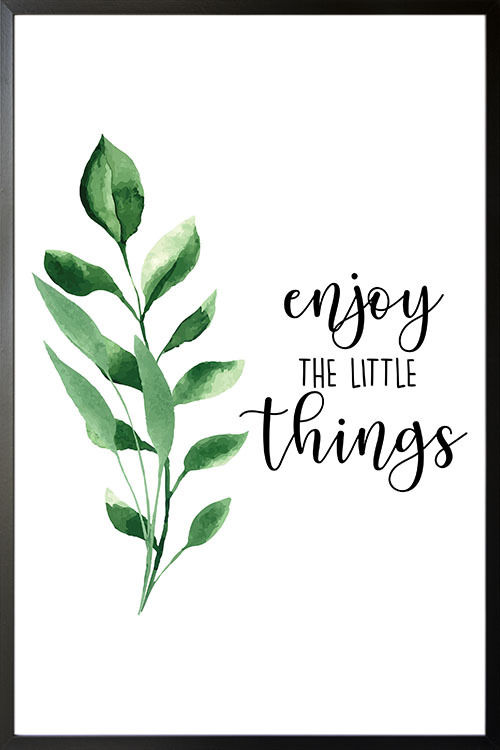
Time to take a break and appreciate even the small things. A poster art that will be a constant reminder to all people that there are so many things to value in life. Even the small details can be of great significance. A poster print that will be a constant reminder will be a great addition to any room or space.
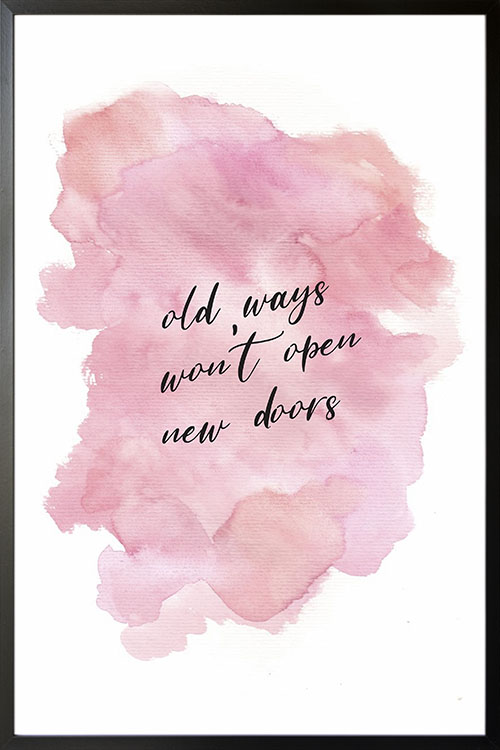
A poster that will serve as a gentle reminder to your family, friends, and colleagues. Words are powerful. Motivate others through a poster print with inspirational quotes. This typography may be short but it can have a great effect to anyone reading it. Displaying this on the walls of any space will also be a constant reminder to try out something new for greater opportunities.
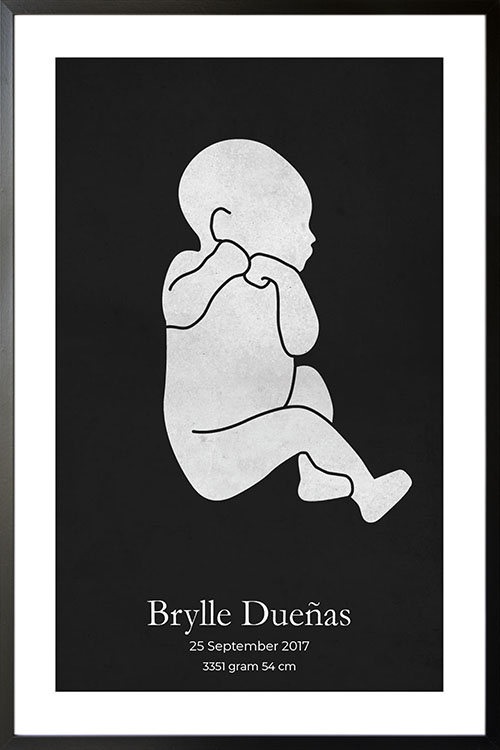
Impressive and attractive art of your little bundle of joy. Display your baby’s image in watercolor reverse art to make things more interesting. This trendy art can easily make any room look cozy. Have it displayed in the bedroom or nursery, and you will have a focal point that will touch the hearts of its viewers.
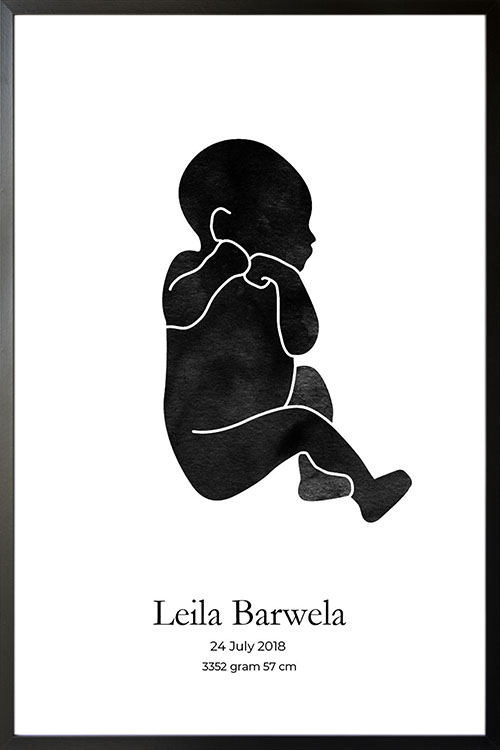
Impressive and attractive art of your little bundle of joy. Display your baby’s image in watercolor silhouette art to make things more interesting. This trendy art can easily make any room look cozy. Have it displayed in the bedroom or nursery, and you will have a focal point that will touch the hearts of its viewers.
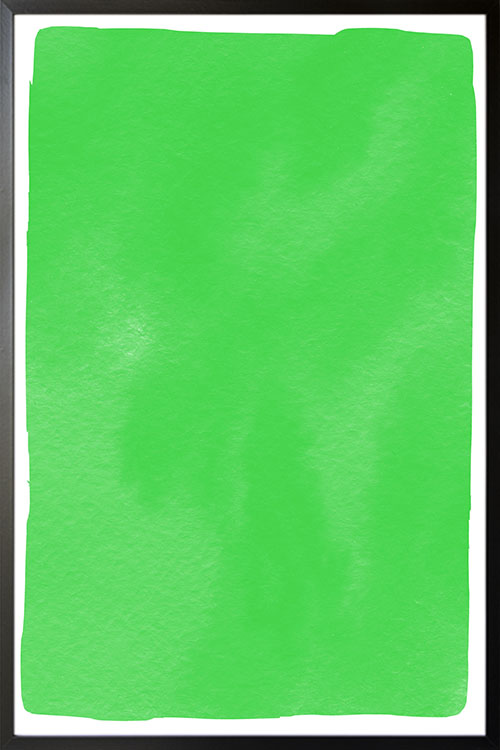
The color of life, renewal, nature, and energy. Green is one of the cool colors that has refreshing and rejuvenating effects. It is also associated with other meanings such as growth, harmony, freshness, safety, fertility, and the environment. Create a calming vibe to your room with this poster and enjoy an appealing sight every time you rest and relax.